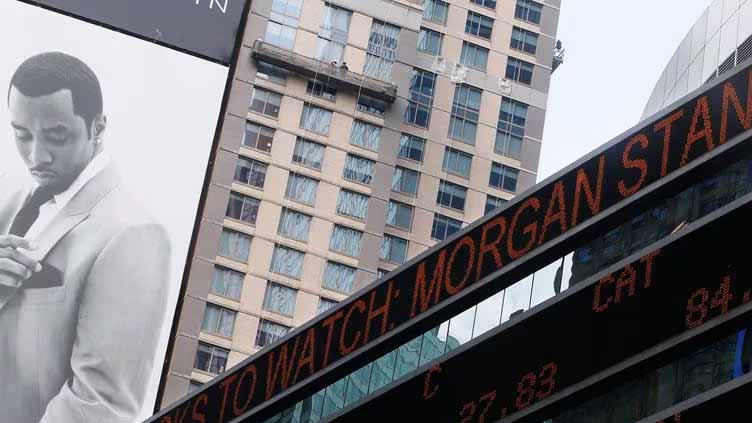Insight: Wall Street gets creative as regulators demand more capital

Business
Insight: Wall Street gets creative as regulators demand more capital
(Reuters) - Earlier this fall, Morgan Stanley (MS.N) bought $300 million worth of protection against losses on some of its loans from Blackstone Group (BX.N) and other investors, two sources familiar with the matter said.
The transaction, details of which have not been previously reported, was effectively insurance, structured as a sale of bonds called credit-linked notes, according to the sources and regulatory filings.
By transferring the risk to investors, the $1.4 trillion asset bank could reduce the amount of capital it has to hold against those loans to cover for potential losses.
Morgan Stanley and Blackstone declined to comment.
The deal is one of several such credit risk transfer transactions that U.S. banks are considering in the aftermath of a March crisis in the sector and as regulators look to increase capital they have to hold, bankers, lawyers and investors said.
Interviews with eight people involved in the deals show different forms of credit-linked notes and insurance contracts are being discussed to free up precious capital.
While it is known that banks have been looking to offload risk through such transactions, these interviews offer new details on the types of deals and their terms, providing a rare window into a market that's shrouded in secrecy.
These deals help banks meet capital requirements more efficiently, allowing them to keep lucrative businesses that would otherwise become unprofitable.
But they come with risks. Investors in these deals include lightly-regulated entities like hedge funds, shifting risk to the shadow banking sector. That raises the prospect that regulators will have less visibility and understanding of the dangers that lurk in the financial system. The ability to shed the risk could also encourage banks to get more aggressive on lending, leading to problems later.
"If a bank didn't manage interest rate risk well, does it appreciate potential risks associated with these transactions?" said Jill Cetina, associate managing director at Moody’s. "It raises the need for better and more fulsome disclosure in banks' regulatory filings."
Over the last few months, banks including JPMorgan Chase (JPM.N), Merchants Bank of Indiana and US Bancorp (USB.N), have sold the risk of losses on billions of dollars of loans for cars, multi-family homes, private funds, junk-rated companies, commercial equipment and consumers, these industry sources said.
Jon-Claude Zucconi, head of tactical situations at Apollo's (APO.N) ATLAS SP Partners, which structures such deals, said many U.S. banks are setting up programs to issue credit linked notes for the first time.
He expects U.S. banks to sell the risk on nearly $100 billion of assets over the next 12 months, freeing up nearly $15 billion of equity capital. Investors get yields ranging from 8% to 15% from such transactions, Zucconi said.



